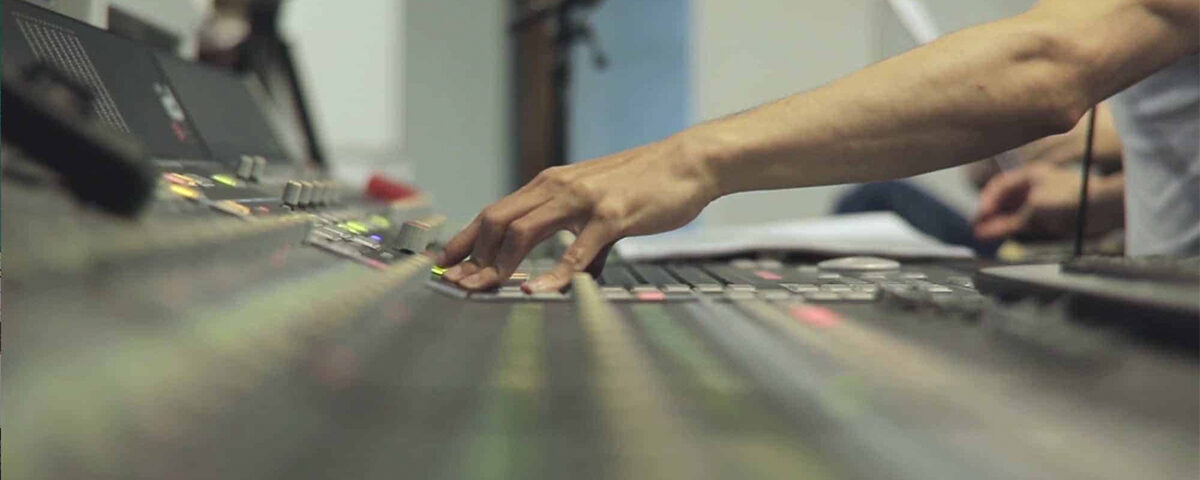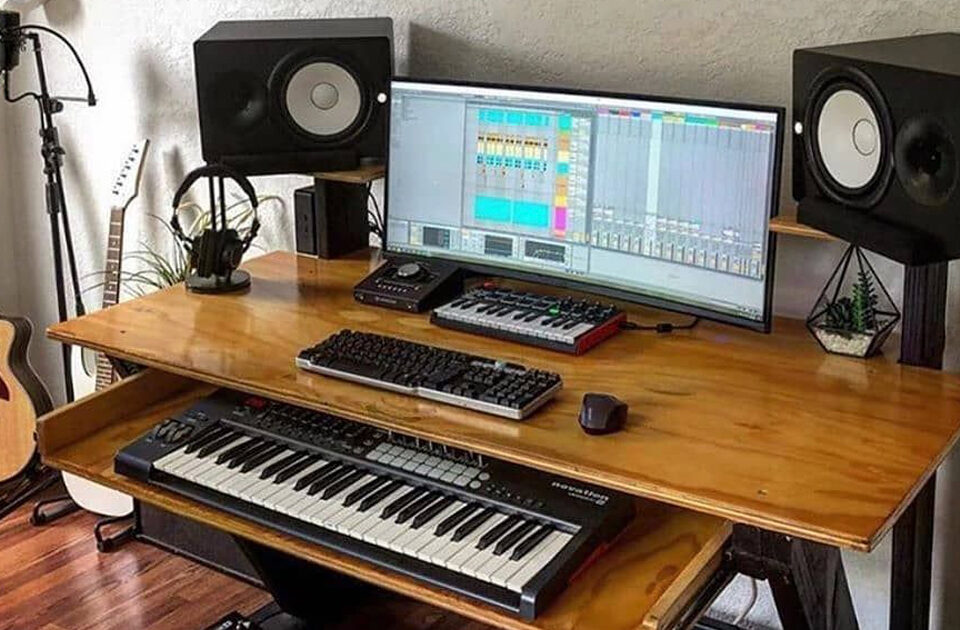The Art and Science of Audio Recording – Techniques and Tools for Superior Sound
The process of creating high-quality audio recordings requires a blend of artistry and technical skill, an understanding of the acoustic properties of sound, and the know-how to manipulate audio equipment and software. The recording techniques employed during this process play a pivotal role in the quality and tonal characteristics of the final audio output. This article explores the fundamental recording techniques: microphone placement, gain staging, compression, equalization, and reverb.
Microphone Placement
Microphone placement is one of the most critical aspects of the recording process, as it significantly influences the sound capture. The positioning of the microphone affects the balance of direct and reflected sound, the volume, and the tonal quality of the recording.
Different types of microphones, such as dynamic, condenser, and ribbon microphones, have different pickup patterns (cardioid, omnidirectional, figure-eight, etc.) and thus respond differently to placement. For example, a cardioid microphone captures sound directly in front of it and rejects sound from the back and sides, making it ideal for focused sound capture in noisy environments.
Distance from the source also matters. Closer placement results in a more direct sound with less room ambiance, while distant placement captures more of the room’s natural reverb and provides a broader stereo image. Techniques such as the XY technique, ORTF, and Mid-Side offer different stereo imaging options, influencing the spatial perception of the recorded sound.
Gain Staging
Gain staging refers to managing the levels of audio signals at various points in the audio signal path to prevent unwanted noise or distortion. The aim is to achieve the optimal signal-to-noise ratio without clipping the signal.
In the analog domain, gain staging involves adjusting the levels from the microphone preamp to the mixing console and out to the recording medium. In the digital realm, it means ensuring that the signal is adequately strong to be clean and clear but not so high that it exceeds 0dBFS (decibels relative to full scale) and causes digital distortion.
Proper gain staging allows for headroom during the mixing process, provides a cleaner signal, and helps maintain the integrity of the audio throughout the signal chain.
Compression
Compression is a technique used to control the dynamic range of a recording—the difference between the loudest and softest parts. A compressor reduces the volume of loud sounds or amplifies quiet sounds by narrowing or “compressing” an audio signal’s dynamic range.
The key parameters in a compressor include threshold (the level above which compression starts), ratio (how much compression is applied), attack (how quickly compression begins after the threshold is exceeded), release (how quickly compression stops after the level falls below the threshold), and makeup gain (used to compensate for the level reduction caused by compression).
Compression can be used creatively to shape the sound or sustain of an instrument, to even out vocal performances, or to add punch to a mix. However, over-compression can lead to a lifeless, squashed, and fatiguing sound.
Equalisation (EQ)
Equalization is the process of adjusting the balance between different frequency components within an audio signal. An equalizer is used to boost or cut specific frequency ranges to alter the tonal balance of a sound source.
There are different types of EQs, including graphic, parametric, and shelving equalizers. A graphic EQ provides a slider for fixed frequency bands, a parametric EQ allows for variable adjustment of frequency, bandwidth, and amplitude, and a shelving EQ boosts or cuts frequencies above or below a certain point.
EQ can be used to correct problems (such as removing unwanted frequencies or combating feedback in a live setting), to enhance certain characteristics of an instrument or voice, equalisation can also be used for creative sound shaping. For instance, it can bring out the brightness of a guitar, add warmth to a vocal, or tighten up a bass sound. Furthermore, EQ is essential during the mixing process to help different elements of a mix fit together harmoniously. Each instrument or sound source can be thought of as occupying its own ‘space’ in the frequency spectrum, and EQ can be used to ensure these spaces complement each other and don’t overlap excessively, resulting in a clearer and more balanced mix.
While EQ is a powerful tool, it’s important to use it judiciously. Over-EQing can lead to an unnatural sounding mix, and it’s often better to fix issues at the source during the recording process rather than trying to ‘fix it in the mix’ with EQ.
Reverb
Reverb, short for reverberation, refers to the reflections of sound waves from surfaces in an environment, creating a sense of space and depth. In recording, reverb can be either captured naturally in the recording environment or added artificially using digital or analog processors.
Natural reverb is largely determined by the size, shape, and materials of the room in which you’re recording. Different rooms have different reverb characteristics, and part of the art of recording is choosing the right room for the desired sound.
Artificial reverb is created using hardware or software that simulates different spaces, from small rooms to vast cathedrals. Parameters typically include decay time (how long the reverb lasts), pre-delay (the time between the original sound and the onset of reverb), diffusion (how spread out or ‘smeary’ the reverb is), and tone (the brightness or darkness of the reverb).
Reverb can give a sense of spaciousness and depth to a mix, add sustain to an instrument, or create a specific mood or atmosphere. However, like other effects, it should be used sparingly and with care, as too much reverb can make a mix sound muddy and indistinct.
Conclusion
The world of audio recording is both an art and a science, requiring a deep understanding of both the physical properties of sound and the technology used to capture and manipulate it. Through techniques like microphone placement, gain staging, compression, equalization, and reverb, sound engineers can create recordings that capture performances faithfully or transform them into something new and unique. While this article provides an overview of these techniques, mastering them requires study, practice, and a good ear. And as with any art form, the most important rule is to trust your instincts and create something that sounds good to you.


